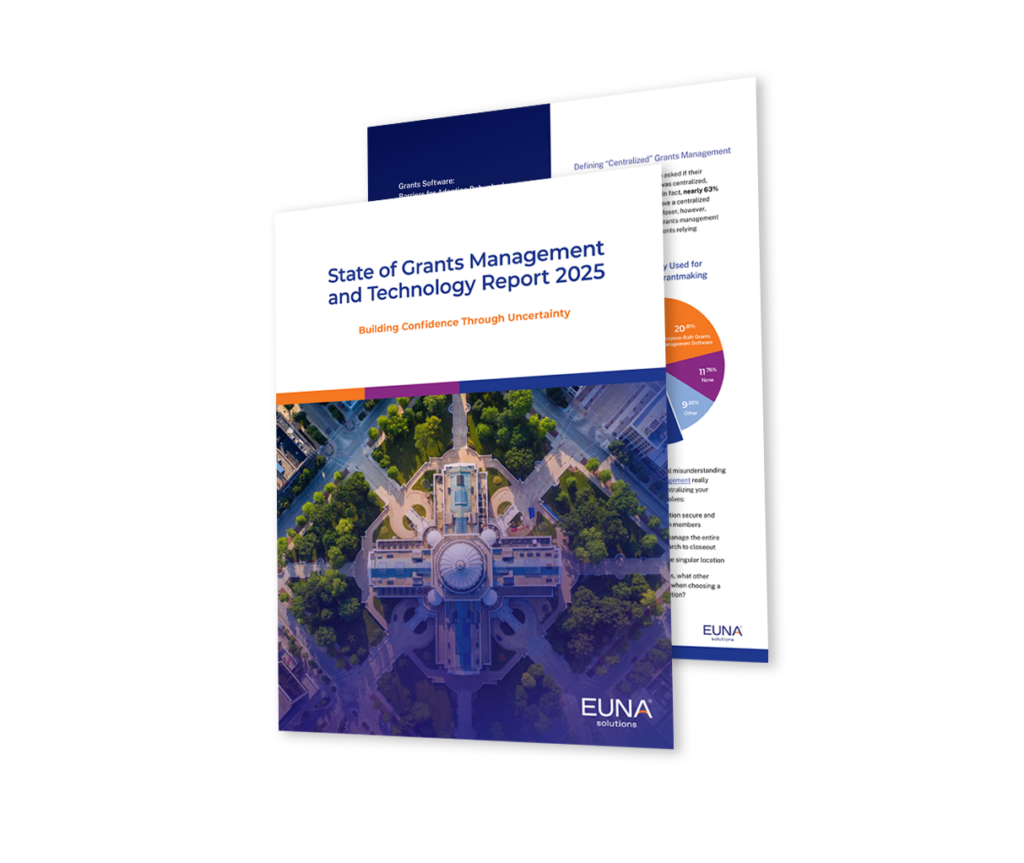Modernizing Local Government Payments: Strategies for Efficiency and Trust
Public agencies today are managing millions in resident payments, spanning property taxes to court fines and fees. When looking at business-like activities, constituent payments account for over 46% of the average local government’s total revenue, according to the Tax Policy Center. Modernizing local government payments is now a critical topic for finance teams and public sector leaders seeking efficiency and transparency.
As stewards of public dollars, public finance teams are strained. Smaller staff sizes, complex financial systems, and manual reconciliation processes take up valuable time and are prone to inefficiencies and risk. At the same time, external pressures like frequent delinquent payments, resident resistance to digital-only payment options, and rising expectations for seamless government service, add to the challenge for municipal agencies and county offices.
The findings from our survey of 58 finance professionals highlight a crossroads: agencies recognize the pain of outdated payment systems, yet modernizing and centralizing payment processes has reached a barrier of budget constraints, vendor sprawl, and the assumption that system integration will be complex. However, there is a clear opportunity for agencies to move forward in digitization without the worry of these roadblocks.
By centralizing payment processes with payment solutions that offer inclusive options across multiple payment channels (including online, cash, kiosk, and in-person), agencies can relieve staff burdens, improve cash flow, and build greater trust with residents and taxpayers.
Our 2025 State of Public Payments and Reconciliation Report gathered responses from finance professionals across cities, counties, special districts, and other public agencies. We heard from a variety of leaders, from Finance Directors and Managers to Treasurers and Accountants, all giving direct insight into their current payment reconciliation process within their organization and their ideal future state.
Download Your Report
"*" indicates required fields
Key Takeaways
Revenue Impact: Constituent payments represent nearly half of local government revenue.
Staff Challenges: Lean teams and manual systems increase inefficiency and risk.
Modernization Barriers: Budget, vendor sprawl, and perceived complexity slow adoption.
Centralization Benefits: Unified payment solutions improve cash flow and resident trust.
Leadership Role: Finance leaders drive transparency and citizen confidence through modernization.
Conclusion
To succeed in modernizing local government payments, agencies must balance efficiency, transparency, and inclusivity. By centralizing and updating payment systems, public finance teams can relieve burdens, improve revenue management, and foster greater trust with residents.
FAQ
What does modernizing local government payments mean?
When you modernize your local government payments process, you unify your payment systems to make collections easier for everyone involved, improve your overall productivity, and give multiple options to your residents for payments, such as online, cash, or kiosk.
Why is payment modernization important for public finance teams?
Payment modernization is important for public finance teams because it reduces the tedious, manual workflows that many teams use today, minimizes the chance for error, and meets residents’ needs for better service.
What challenges do agencies face when modernizing payment systems?
Some of the challenges agencies face when modernizing payment systems are budget obstacles and implementation complexity. Agencies must closely research the expected ROI of a solution, as well as the ability for the solution to integrate seamlessly with other current solutions being used across the agency.
How can centralized payment solutions benefit local governments?
Payment systems that operate in a centralized format simplify reconciliation, increase cash flow, and build trust with residents by offering inclusive options for payments while improving transparency for stakeholders.
Who is typically involved in local government payment modernization?
Typically, Finance Directors and Managers, Treasurers, and Accountants are involved in local government payment modernization. They lead these efforts within cities, counties, special districts, and other municipalities.
